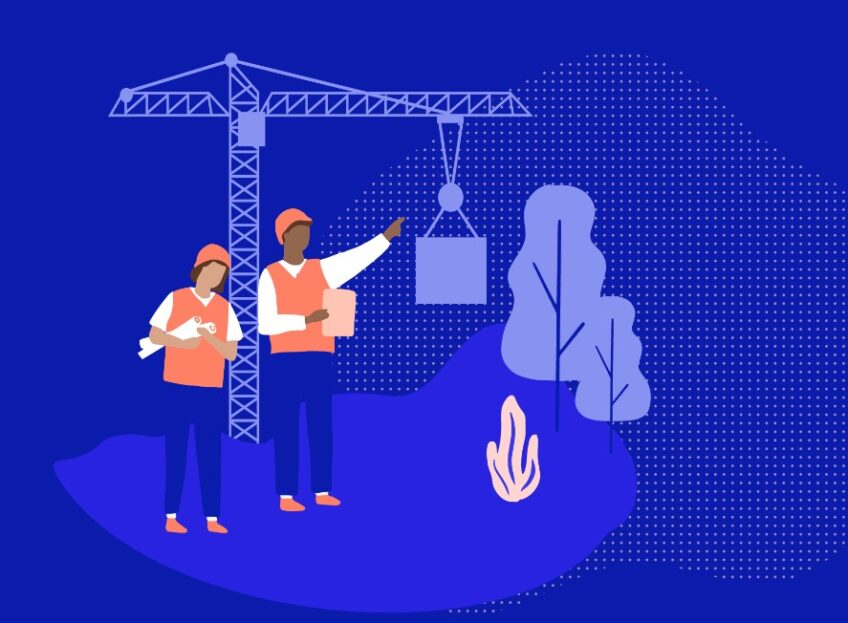Keeping your business operations running smoothly involves more than just focusing on your core competencies. It's also vital to ensure compliance with safety regulations and protocols, particularly when it comes to having a robust permit to work (PTW) system in place. But how can you tell if your PTW system is up to the mark?
In the points below, we’ll delve into a checklist designed to help you assess your PTW system's effectiveness and compliance with the latest standards.
Understanding the Importance of a PTW System
Before we delve into the checklist, let's briefly discuss the role of a PTW system. A permit to work system is a formal written system utilised to control certain types of work that are identified as potentially hazardous. It constitutes an essential part of safe system work procedures and is an integral part of a comprehensive occupational health and safety management system.
Now, let's examine the essential elements that every PTW system should have to ensure it is up to standard.
Clear Permit Classification
Your PTW system should classify different types of work permits based on the nature of the work and the associated risks. This could range from hot work and confined space entry to working at heights and electrical maintenance. Having clear permit classification can help ensure that each type of work is assessed, managed, and controlled properly.
Risk Assessment Procedure
Any standard PTW system must have a well-documented risk assessment procedure. This involves identifying potential hazards associated with the task, assessing the level of risk, and determining appropriate control measures. A robust risk assessment procedure should also involve the input of all relevant parties, including supervisors, workers, and health and safety representatives.
Adequate Training and Competency Checks
Your employees should be adequately trained on the PTW system and the tasks they will be performing. This includes ensuring they understand the risks involved, the correct use of protective equipment, and the procedures for reporting incidents or concerns. Moreover, there should be a process in place for verifying the competency of workers before they are given a permit.
Control Measures
Your PTW system should outline the control measures required for each task. This could include the use of personal protective equipment, the implementation of safe work procedures, and the provision of appropriate supervision.
Emergency Response Plan
Every PTW system should include a well-developed emergency response plan. This includes identifying potential emergency scenarios, developing response procedures, training workers, and conducting drills to test the plan's effectiveness.
Document Control and Review
All permits, risk assessments, training records, and incident reports should be properly documented and easily accessible. There should also be a regular review process to update the PTW system and ensure it remains current and effective.
A great way to simplify and enhance your PTW system is by adopting a digital solution. With platforms like LinkSafe, you can streamline the management of your PTW system, ensuring greater accuracy, efficiency, and safety.
Audits and Continuous Improvement
Regular audits should be conducted to assess the effectiveness of your PTW system. These audits should look for gaps in the system, compliance with the system procedures, and whether the system is achieving its intended outcomes. Any identified issues should be promptly addressed, and the lessons learned should be used to improve the system.
In conclusion, having a PTW system that is up to standard is not just about compliance. It's about ensuring the safety and wellbeing of your employees, reducing the risk of workplace accidents, and creating a safer and more productive work environment. Remember, the effectiveness of your PTW system ultimately lies in its implementation, so it's crucial to have full management support and active involvement from all workers.

